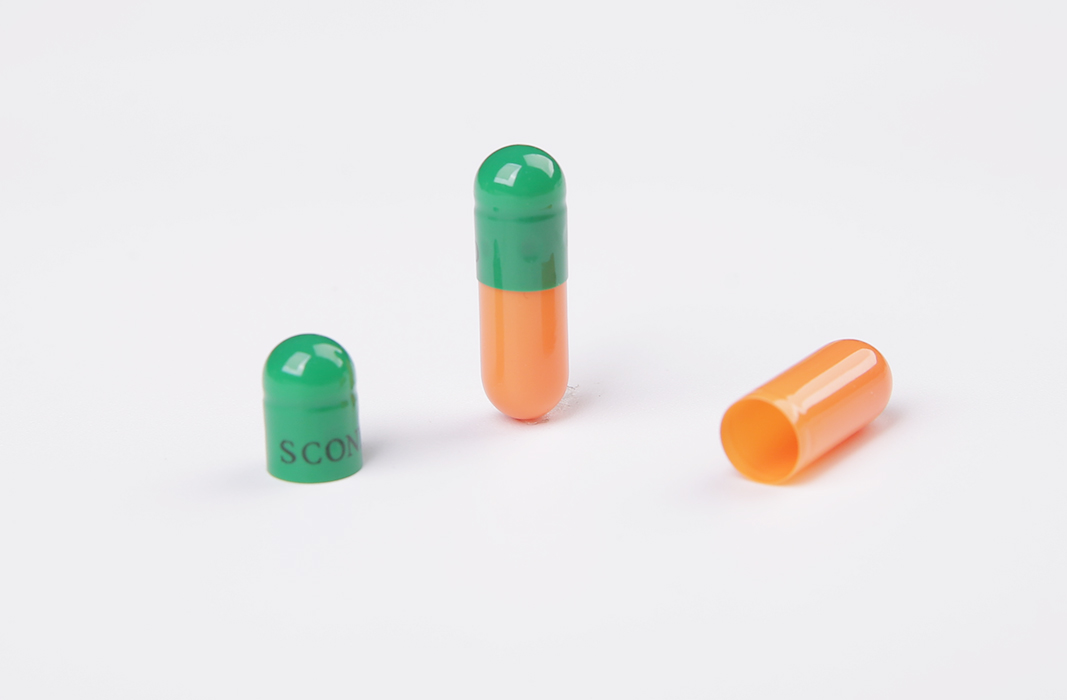Tablets and capsules are undoubtedly the main forms of medicine used today. In fact, most medicines are sold in pills, and some are capsules only, so there is no option. However, there are dozens of drugs, most of them commonly used drugs, which are also available in the form of tablets and capsules.
Gelatin melts at 37 degrees Celsius, is suitable for swallowing, and immediately melts in the stomach; non-toxic and tasteless, can cover the bitterness and irritation of medicines People like it; it is easy to dye, and it can be shaded after coloring, to protect the internal medicine powder, and at the same time, people can recognize the difference (the capsule can also be printed on). Gelatin is widely available and inexpensive. Capsules are used to fill medicinal powders and have become a good form for pharmacists to dispense medicines in pharmacies, especially for personalised medicine. It is used by pharmacists in pharmacies to this day and is more like a drug than a paper-packed powder.
In the past 50 years, the production of capsules has also been industrialized, and the price has become relatively cheap. Capsules are gradually becoming an important formulation form. In my country, since the reform and opening up in the 1980s, capsules have gradually entered the homes of ordinary people. In the 1970s, the establishment of biopharmaceuticals and pharmacokinetics promoted the progress of both tablets and capsules, not only the internal quality improvement but also the emergence of new varieties. Enteric-coated tablets and enteric-coated capsules change the site of drug disintegration; sustained-release tablets and sustained-release capsules, controlled-release tablets, and controlled-release capsules enable long-acting drugs and reduce fluctuations in blood drug concentrations. This gives consumers more choices.




 Español
Español












